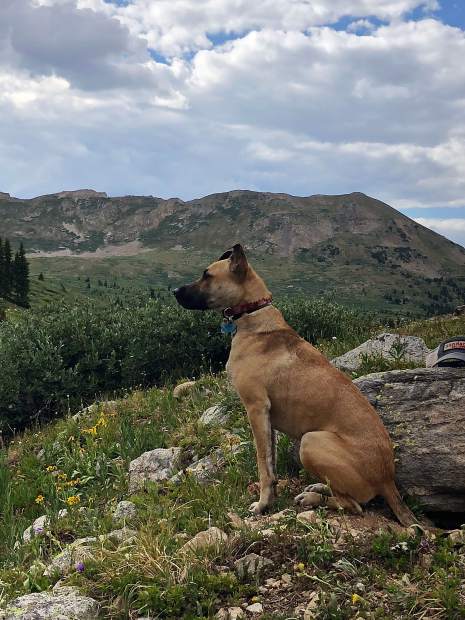An AP article viua Greenwire:
Planning spurs worries for Hispanic ranchers
Members of the Northern New Mexico Stockman’s Association are accusing local forest managers of dismissing their comments while drafting a proposed management plan for the Carson National Forest.
“Our concerns about protecting valid existing rights and traditional and historic uses have been ignored in this entire process as we witnessed in the many meetings attended and correspondence submitted. We have been treated like second-class citizens,” said Carlos Salazar, president of the ranchers’ group.
…
Salazar said grazing in northern New Mexico has been reduced by more than 70% over the last eight decades and language in the proposed plan threatens to push more Hispanic ranchers from the land.
He called the plan a “train wreck,” while other ranchers in the group said the proposal amounted to a “green deal” that would hurt communities in a region where poverty and dependence on the land for subsistence is still high.
Salazar warned that without intervention, ranchers are worried the Forest Service could eliminate grazing in the area over the next five to 10 years.
This marks the latest fight between Hispanic ranchers and the Forest Service, as efforts to get the Obama administration to address discrimination and civil rights violations went unanswered.
